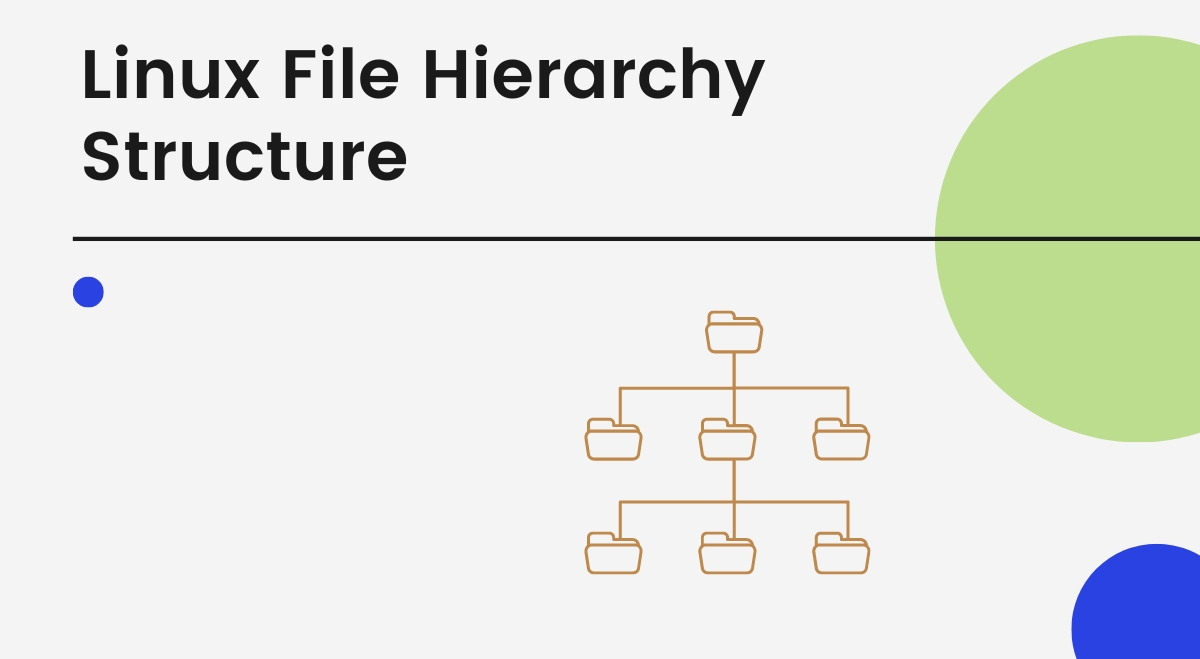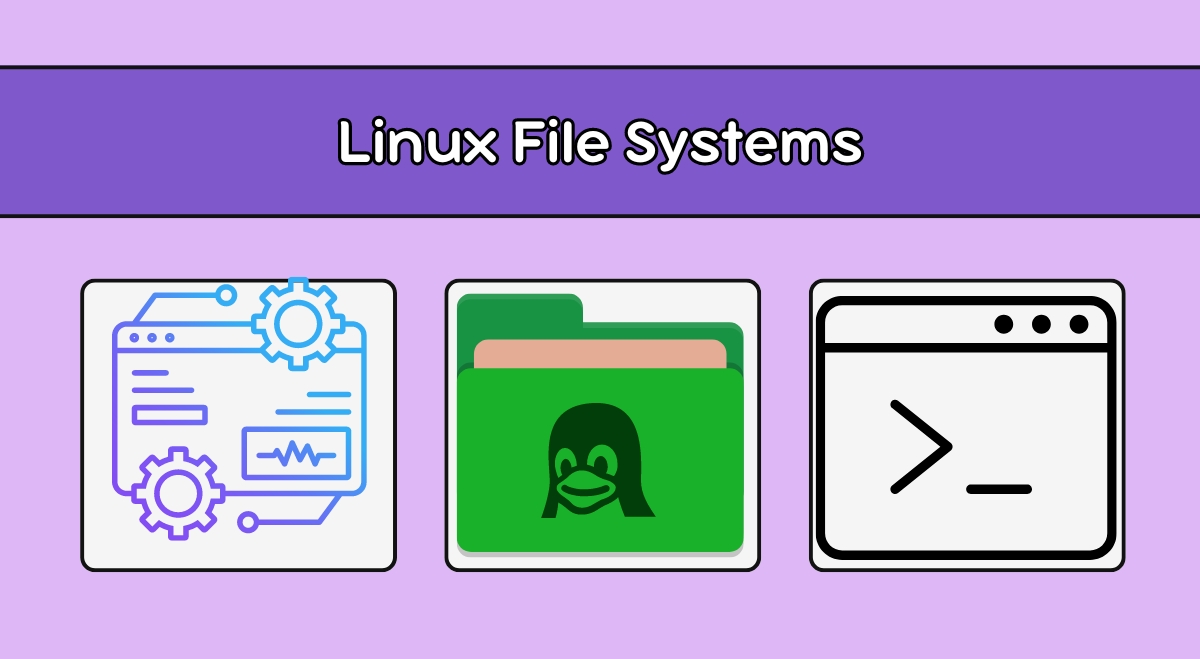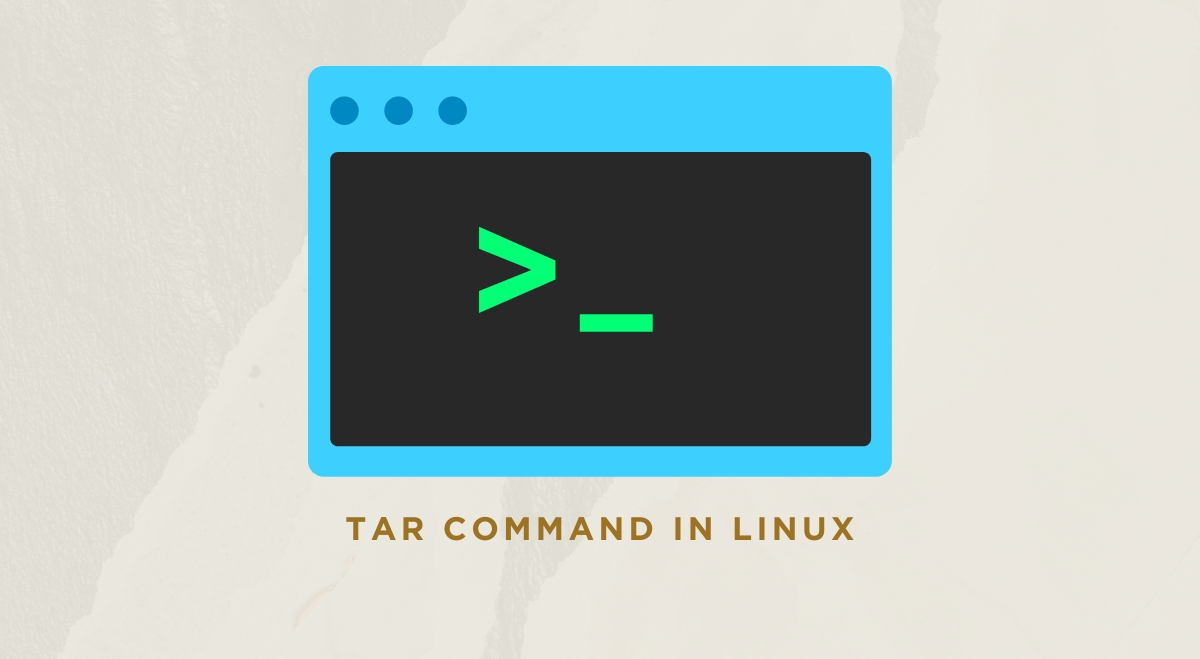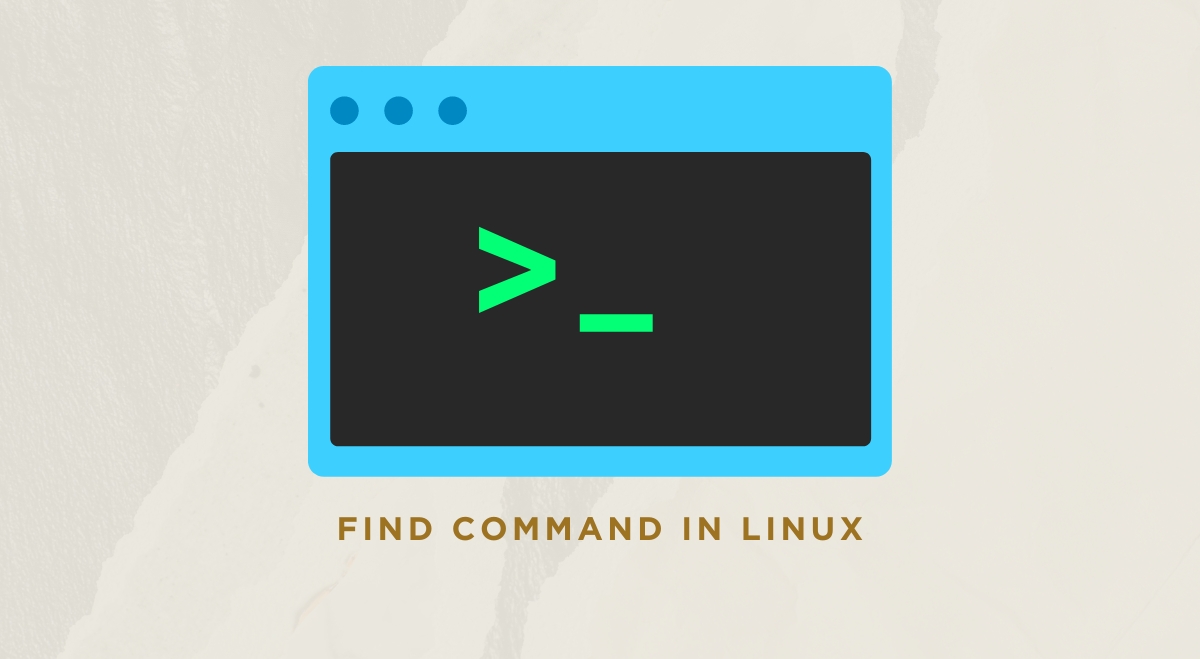The Linux directory structure is a hierarchical arrangement of files and folders that forms the backbone of the Linux file system. Understanding this structure is crucial for efficient system administration, software development, and general usage of Linux-based operating systems. This guide will explore the main directories, their purposes, and practical applications. The Root Directory (/) […]









